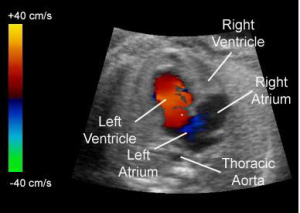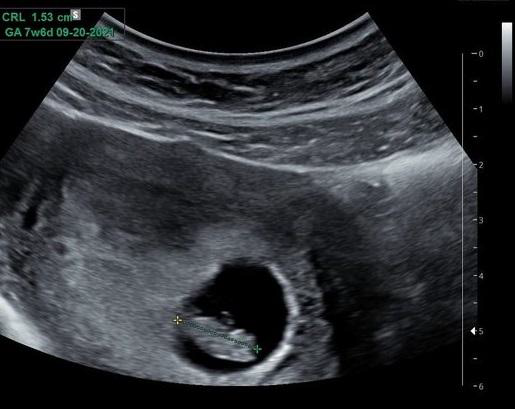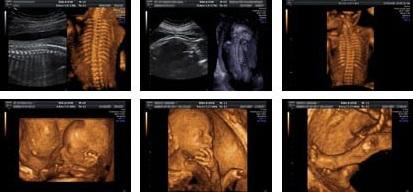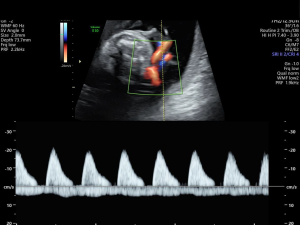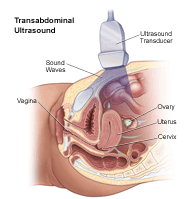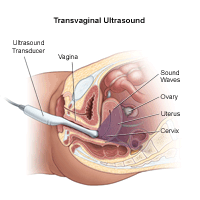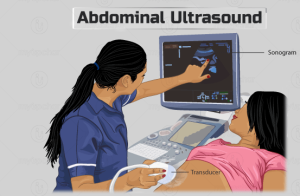What is fetal echocardiography?
Fetal echocardiography is a test similar to an ultrasound. This exam allows your doctor to better see the structure and function of your unborn child’s heart. It’s typically done in the second trimester, between weeks 18 to 24.
The exam uses sound waves that “echo” off the structures of the fetus’s heart. A machine analyzes these sound waves and creates a picture, or echocardiogram, of their heart’s interior. This image provides information on how your baby’s heart formed and whether it’s working properly.
It also enables your doctor to see the blood flow through the fetus’s heart. This in-depth look allows your doctor to find any abnormalities in the baby’s blood flow or heartbeat.
When is fetal echocardiography used?
Not all pregnant women need a fetal echocardiogram. For most women, a basic ultrasound will show the development of all four chambers of their baby’s heart.
Your OB-GYN may recommend that you have this procedure done if previous tests weren’t conclusive or if they detected an abnormal heartbeat in the fetus.
You may also need this test if:
- your unborn child is at risk for a heart abnormality or other disorder
- you have a family history of heart disease
- you’ve already given birth to a child with a heart condition
- you’ve used drugs or alcohol during your pregnancy
- you’ve taken certain medications or been exposed to medications that can cause heart defects, such as epilepsy drugs or prescription acne drugs
- you have other medical conditions, like rubella, type 1 diabetes, lupus, or phenylketonuria
